Farm visit: Bringing circular pig production a step closer
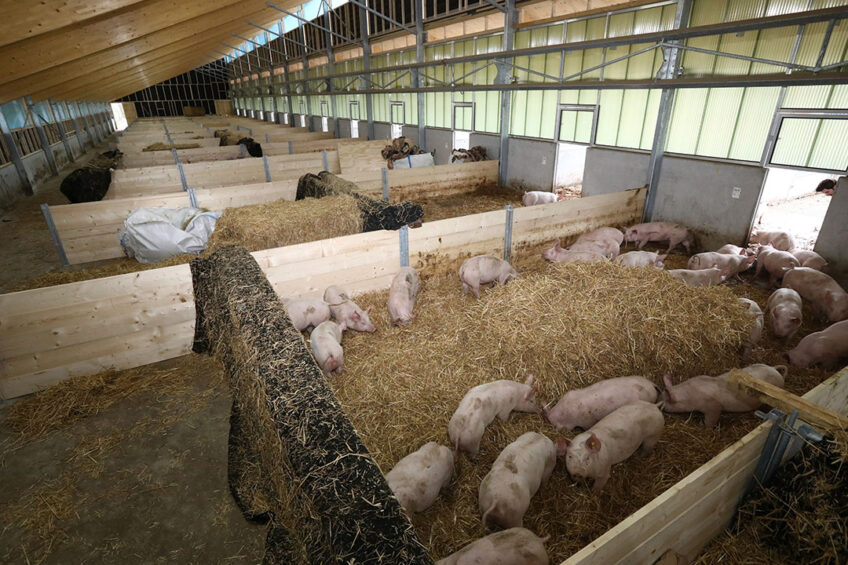
The cooperative Zonvarken (“Sun Pig”), located in the east of the Netherlands, aims to bring circular pig production one step closer. Animal welfare, climate and job satisfaction are the spearheads in this new concept, which aims to grow to 13 closed farms with 50 sows each.
“An idea with which the pig sector can move forward and a qualitatively distinctive concept for humans as well as animals.” That is how Zonvarken was described by the jury of the Dutch contest “The Pig Land’s Best Idea” during the judging in early December 2020. Both the professional and public juries appointed the new cooperative as the winner.
Fast forward to early 2021, and there is a lot of activity on the farm in the Dutch village of De Heurne, 50km east of Arnhem. The first pigs have arrived, even though construction of the pig house is still in full swing. The first of two barns with a remarkable architectural style, constructed largely out of wood, arises on the site of a former poultry farm. Because of the high side wall on the left, which has 50% light plates installed, there is a lot of natural light in the barn.
Many cubic metres of air
As there are no sections or other partitions, the barn contains many cubic metres of air. Inside, the first pigs lie buried deep inside a thick layer of straw. The finishers are in the front of the barn, the breeding gilts in the middle and the breeding sows in the rear pens.
The most striking thing about the structure is its roof: not the corrugated sheets seen on traditional barns, but a sedum roof, that is, a mat of small succulents. This roof covering collects rainwater and provides insulation at the same time. The front part of the rafters is still uncovered. The solar panels that will supply the farm’s energy will be placed here.

Rob Nieuwenhuis is the project’s initiator. Together with three partners, he has been developing the idea of a total circular pig concept. He explains, “The barn is set up in such a way that the pigs are able to exhibit their natural behaviour. By putting feed in the straw, they will have to range, and they do not drop manure where they eat. Partly because of the sedum roof and the contents of the barn, ventilation is not required. Sedum insulates in such a way that it will never get too hot in the barn.”
Separate manure directly
The free range at the front of the barn is already finished. A pig searches its drinking trough or plops down in the sun. The free range is equipped with slats and a solid floor. This is not remarkable compared to, for example, the free range of an organic farm. The big difference is the slats. It’s not a pit, but a space in which one rail has been mounted allowing plastic tiles to be moved around. The tiles are equipped with holes to drain urine to a gutter underneath. From there, the urine flows to a storage tank. Manure is pushed off the plates.

Nieuwenhuis and his technical aide Theo Tangelder explain, “By directly separating manure and urine, emissions are limited. The major advantage of this system is that it contains few moving parts. The parts that do move are installed at the sides of the barn. We are hopeful that the collected urine can be used as a fertiliser substitute soon.”
Circular feeding
The feed that the pigs forage in the straw is circular. The four founders have years of experience in the animal feed business. The pigs will soon receive feed that is completely sourced from the residual flows of human food. Agreements have been made about this with FeedValid, a company that collects residual flows from, for example, bakeries and supermarkets. Apart from the already-known flows, the partners are also looking at the possibilities of buying leftovers from vegetarian products that are not sold.
In addition to the pigs getting their feed separately, it is worth noting that having silos adjacent to the barn is not part of the plan. Nieuwenhuis says, “They will not be installed either. A bulk truck has a cost-increasing effect and uses a lot of diesel when unloading. We will have our feed delivered in containers. This is easier with the fixed number of pigs at our farm.”

Piglets twice a year
It is not just the barn that is completely different from what is common practice now. Keeping the pigs is a different matter as well. Nieuwenhuis says, “We would like to work with a system where the sows all have a litter twice each year in the same week. The animals remain in the same barn until slaughter. By managing things in this way, the pig farmer’s work will become easier. Experiencing a few days of hustle and bustle twice and possibly losing sleep a night or two because of farrowing sows is far better than a four- or five-week system.”
Peak periods such as weaning and inseminating occur twice a year at a set time. If the pig farmer needs extra help, it will just be for a few days. From the perspective of 26-week rounds, the desired number of 13 farms arises.
Co-initiator Jeroen Koks adds, “If the sows have a litter at each farm twice a year, then we will cover 26 weeks. Each farm has 50 sows, which have about the same number of piglets. This means that our buyer is assured of a fairly fixed number of pigs every week.”

First barn in a series
The barn in De Heurne is the first one in a series. As soon as construction is finished, the second barn will follow later in 2021. The suggestions for improvement that come from what happens with the first barn will be implemented in the second. According to the partners, it is no problem to reach the desired 13 farms. “We already have several, and young, entrepreneurs who have said that they like our idea. Farmers are interested in doing things differently from how their parents or grandparents did things. The condition for scaling up is that there should be guaranteed sales.”
Zonvarken already has one client willing to market the pigs. According to Nieuwenhuis and Koks, that person was immediately interested in the concept. He has already promised guaranteed purchase of finishers at an additional price for several years. “For the time being, he does not want to make himself known yet. Supplying meat is most important; sales will come after. We do not want to just announce the arrival of a new concept on the shelves – we want to present it with sufficient volume at once.”
Premium for the extras
The price for pig farmers will therefore lie between conventional and organic. That means there is a premium for the extras in the concept. Nieuwenhuis and his colleagues say, “We are confident that consumers will pay for a piece of pork that is distinctive in taste. A major challenge is starting up concepts in carcass balance. Chops and pork tenderloin do sell, but there is more to a pig. These parts are thought of as being not marketable by default, so they are processed in mixed products.”

Farm visits
With an interactive map Pig Progress takes you around the world one pig production farm at a time.
 Beheer
Beheer


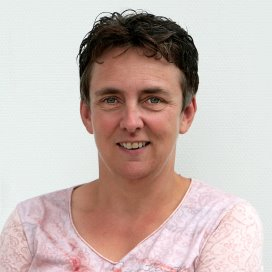
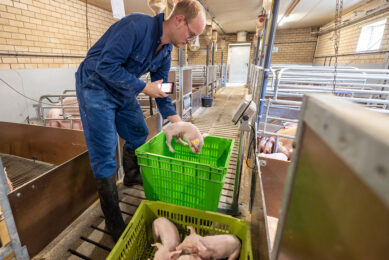
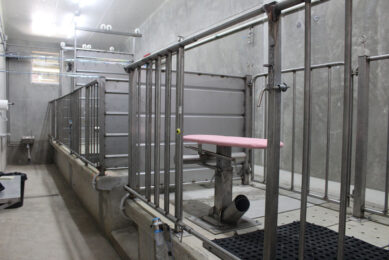
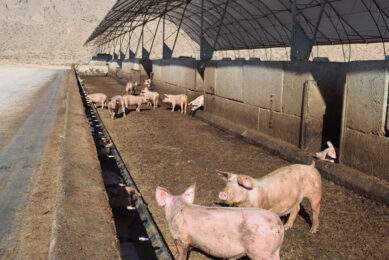
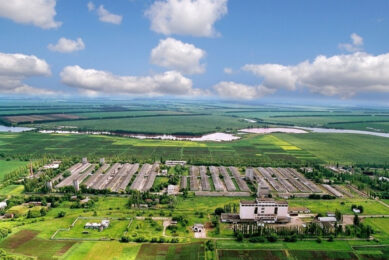



 WP Admin
WP Admin  Bewerk bericht
Bewerk bericht